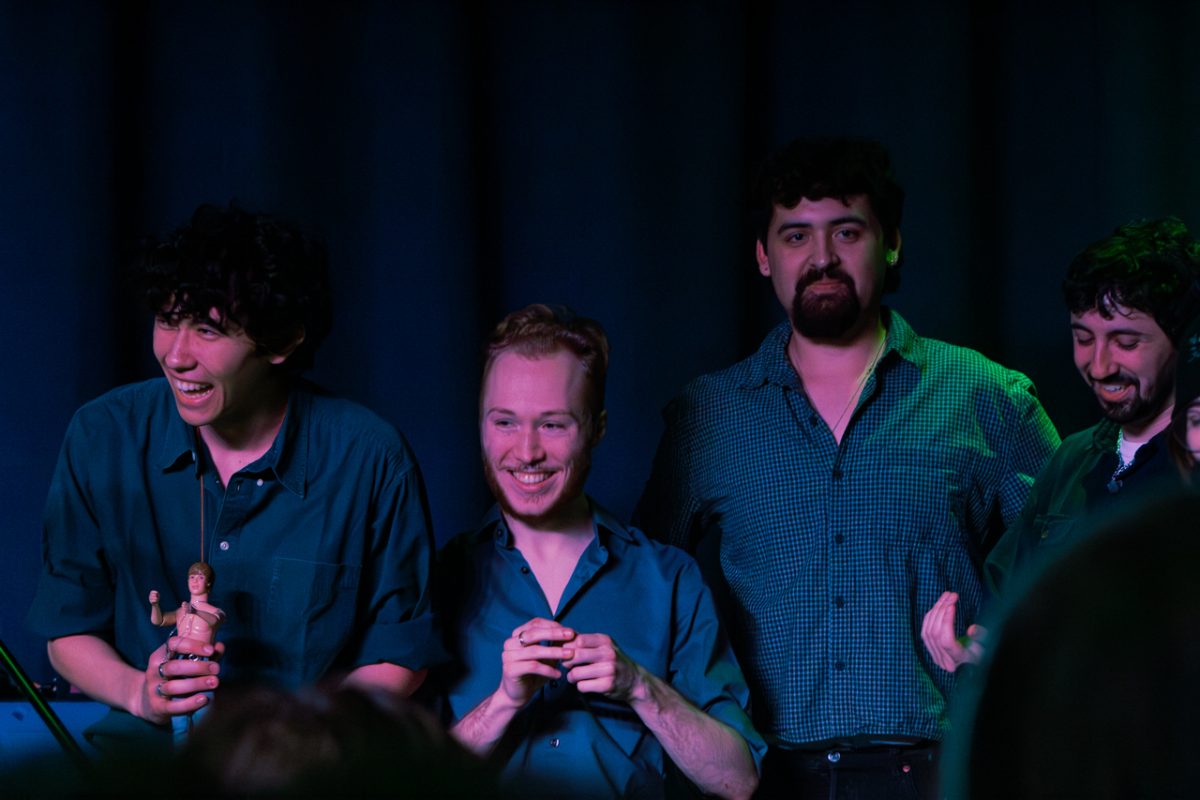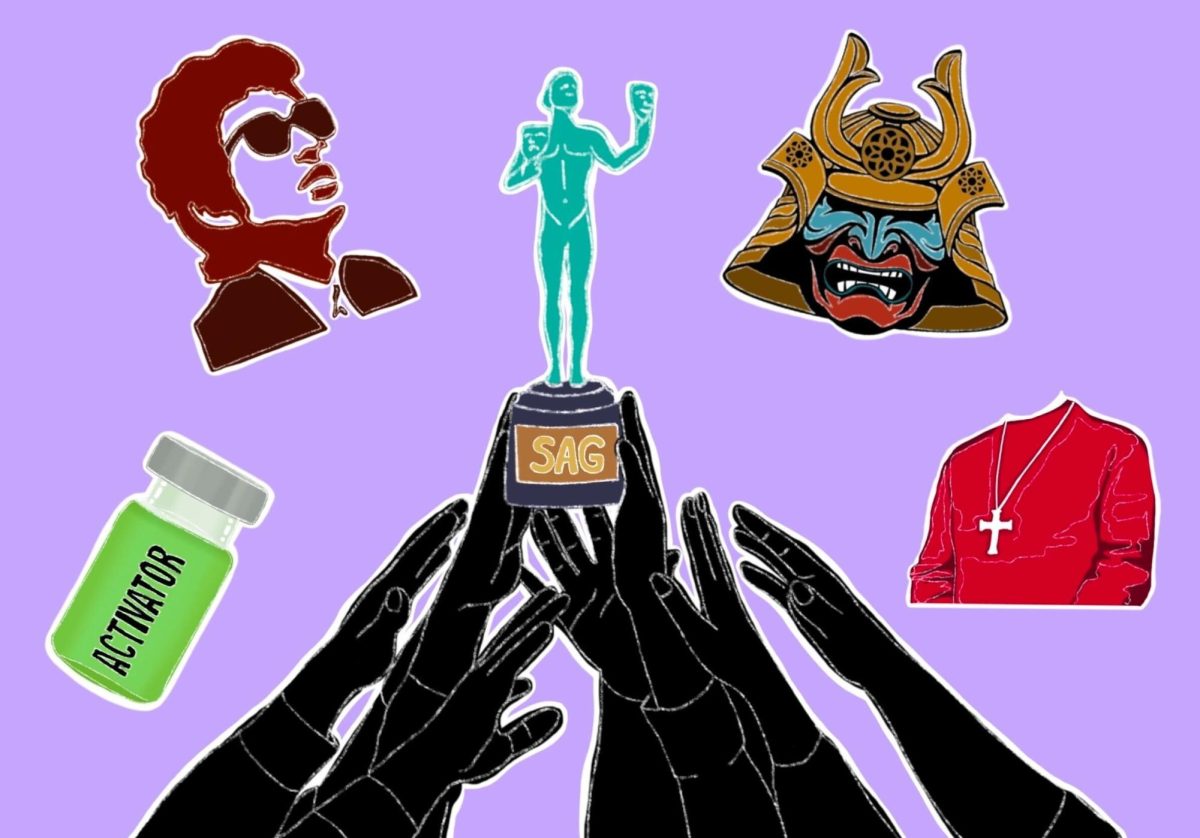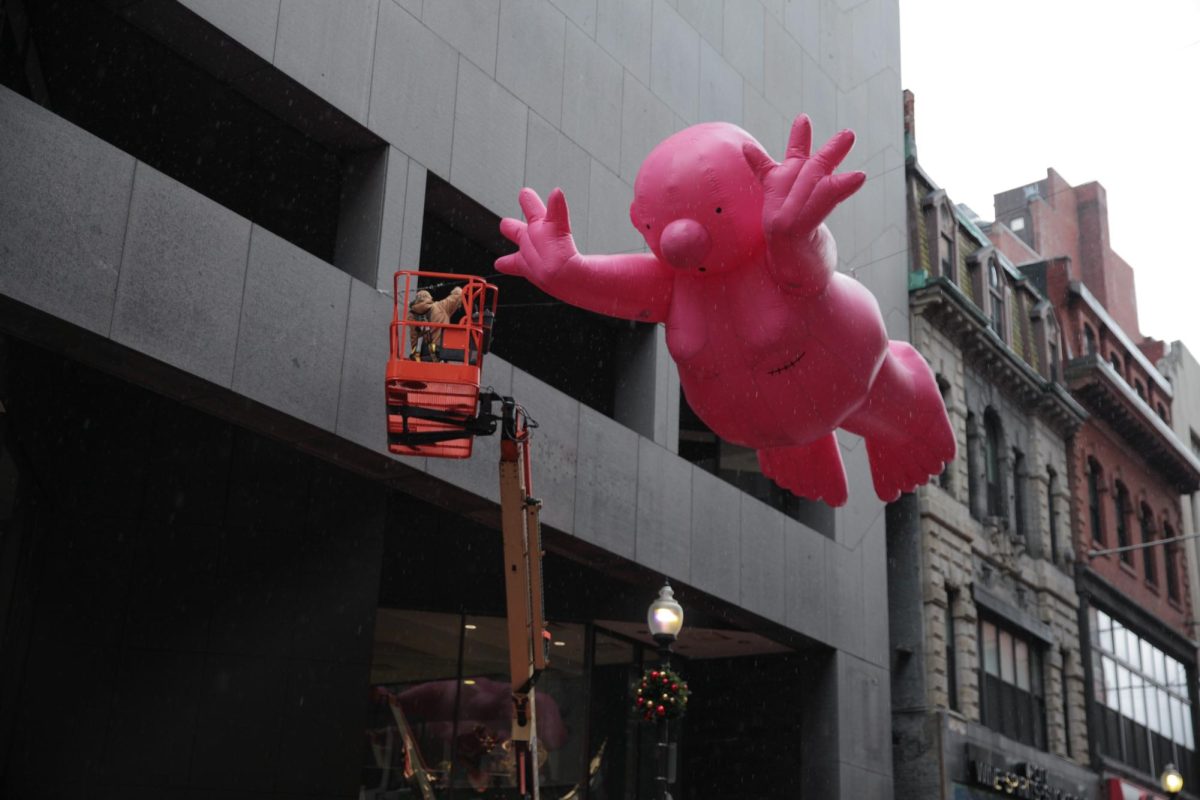By Priya Amin, news correspondent
Boston’s 14th annual Celtic Music Festival (BCMFest) was held this past weekend at Harvard Square’s Club Passim, First Church and the Atrium in Cambridge.
Founded by Laura Cortese and Shannon Heaton after they moved to Boston and were inspired by the rich culture of the Boston area, the festival aims to bring together the Celtic community in the Greater Boston Area and showcase their music. BCMFest included performers of various ages and types of Celtic music, the majority of whom hail from the Boston area.
“In most cities in the country, you can’t go to a Celtic music session most nights of the week and hear that music and play that music,” Cortese said. “Shannon and I wanted to do this to just highlight how this community really has more going on for not being in Scotland, Cape Breton or Ireland.”
The set list was chosen through an open application. Beginning in spring 2015, performers were able to send their music for a chance to be featured in the festival. Cortese said the most important criteria for performers was to have a connection to the Greater Boston Area. Many performers return over the years, even after they’ve moved from Boston or have advanced their music careers.
“It’s a nice uniting thing for all these different little pockets of Irish music and Scottish music and anybody else among the fringes,” said Lindsay Straw, Berklee College of Music alumna who has been performing in the festival for a few years.
BCMFest was put together by the committee and Club Passim. Club Passim is a nonprofit arts music organization based in Cambridge that supports and works with the music community in the area.
“Especially since Passim’s gotten involved, everything’s flowed a little more smoothly and professionally,” Holly said. “The logistics seem to get a little smoother every year and the music is as great as it always is.”
Celtic music is a genre that isn’t just meant to be entertaining, but also serves as a comfort to those who listen, especially in a community setting.
“[Celtic music] is very much a social kind of music – just a means to get together and share some good times or even some bad times,” said Sean Smith, performer and member of the organizing committee. “I think we can define community in a lot of different ways, but Celtic music seems to have a place in it no matter what.”
This year’s festival focused on creating the traditional feeling of community with its two-part finale concert. The first half consisted of a Cape Breton house party while the second half featured Irish music stories by Heaton.
“Both of those are showcasing really what happens when you’re not on stage, when you’re playing this music in a house or at a pub, what is so important to people that they keep returning back to these very old tunes and this very old tradition,” Cortese said. “It’s really about music in the tradition, as it appears in the tradition.”
In addition to this year’s finale being slightly different, there were also some other new events. Among them were an instrument testing and a game show style event called “So You Think You Can Quebecois.” The former was interactive and meant to get the audience more involved in the music.
BCMFest differs from most Celtic music festivals in that its performers and attendees range in age from children to adults. Many performers are college students or recent graduates, and many families attend.
“A lot of folk festivals tend to draw a lot of middle aged people like me,” said Robin Holly, who has been to BCMFest 12 times. “This festival always skews a lot younger. It’s really great to see something I enjoy that’s not dying.”
Smith said the committee tries to cater to audiences who have traditional ideas about what Celtic music is as well as audiences with more loose interpretations. He said many trends and changes in Celtic music have occurred since the 1950s.
“Is the music just overwhelming the story that’s being presented in the song? That’s what these songs are all about – stories,” Smith said. “There’s no shortage to controversy about what that balance is.”
Photo by Paige Howell










